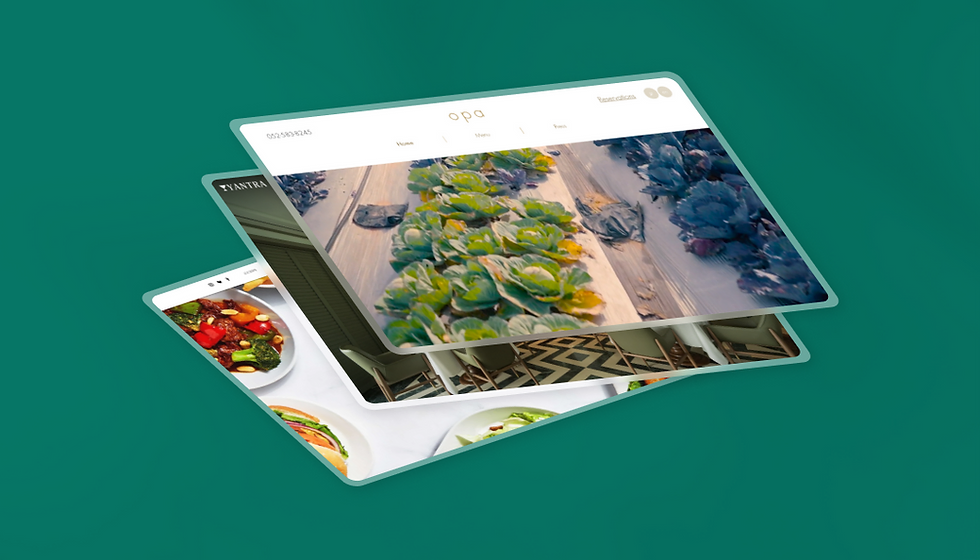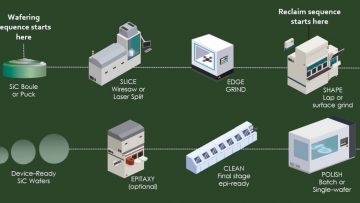An effective online presence is essential for every company in the modern day, and restaurants are no different. Think of your website restaurant website as your restaurant itself. The ambience, the menu, the mouth-watering bites and delicacies – that’s what you need to communicate via the website. Give them the restaurant vibe digitally. A web design company gives the much-needed priority to a restaurant’s online presence. In this article, we will talk about how you can provide the feel of your restaurant to attract customers and make them visit it in-person.
1. Captivating Visual Design
The first step in creating a classy restaurant website is to focus on visual design. With the help of web designing companies our website’s appearance should reflect the ambience and personality of your restaurant. Choose a colour scheme that complements your brand and select high-quality images that showcase your delectable dishes, elegant interiors, and friendly staff. Avoid clutter and keep the design simple, ensuring that the layout is easy to navigate.
2. Mobile Responsiveness
A mobile-first approach is a must as visitors, by and large, visit the website through phones. Test your website on different browsers, operating systems and screen sizes before you make it public. Ensure the aesthetics and essence of your restaurant website are not lost while adapting it for smartphones. Also, it is important that the navigation is as smooth and easy as it is on a laptop or a desktop.
3. User-Friendly Navigation
Continuing on the previous point, it is important that the visitors can find the information there are looking for quite easily. Implement a clear and intuitive navigation menu that categorizes your website’s content logically. Include sections like “About Us,” “Menu,” “Reservations,” and “Contact” to ensure that visitors can effortlessly find the information they need. Use descriptive labels and consider adding a search function to enhance usability.
4. Showcasing the Menu
One of the primary reasons people visit a restaurant’s website is to peruse the menu. Provide an easily accessible and visually appealing menu section. Organize your menu into categories, such as appetizers, main courses, desserts, and beverages, and include descriptions, prices, and enticing images. Consider offering downloadable PDF versions of your menu for customers who prefer a physical copy.
5. Online Reservations
Streamline the reservation process by incorporating an online reservation system. This feature allows customers to conveniently book a table directly through your website. Ensure that the reservation form is simple and user-friendly, requesting only essential information such as name, date, time, and party size. Display real-time availability to avoid any confusion.
6. Customer Testimonials
Build trust and credibility by showcasing customer testimonials and reviews on your website. Positive feedback and endorsements from satisfied diners can significantly influence potential customers’ decision-making process. Display these testimonials prominently on your website to create a sense of social proof.
7. Integration with Social Media
Incorporate social media into your website to expand your online presence and engage with your audience. Include social media icons that link to your restaurant’s profiles on platforms such as Facebook, Instagram, and Twitter. Encourage visitors to follow and share your content and consider displaying user-generated content from social media on your website to further enhance authenticity.
8. Contact Information and Location
Make it easy for customers to contact you or find your restaurant’s physical location. Include a dedicated “Contact Us” page with a contact form or provide a visible phone number and email address on every page. Additionally, embed a map or provide clear directions to help visitors navigate to your establishment effortlessly.
9. Regular Updates and Promotions
Keep your website dynamic and enticing by regularly updating it with fresh content, such as seasonal menus, special promotions, and events. A regularly updated website shows that your restaurant is active and attentive to customers’ needs. Consider starting a blog section to share stories, recipes, or behind-the-scenes insights to engage visitors.
Conclusion
Creating a classy restaurant website by web designing companies is an opportunity to showcase your establishment’s unique personality and entice potential customers to experience your culinary delights.
Your restaurant website needs to stand out from the crowd. To achieve this, focus on what makes your restaurant so unique, what makes it so vibrant and why should anyone visit it in person. Communicate through visually appealing photography, and aesthetic website design that blends with your restaurant ambience and provides positive energy through it. Ensure to have a smooth and easy reservation process. The restaurant runs on word-of-mouth marketing more than anything else. It is an experience that you deliver, not just the food.





